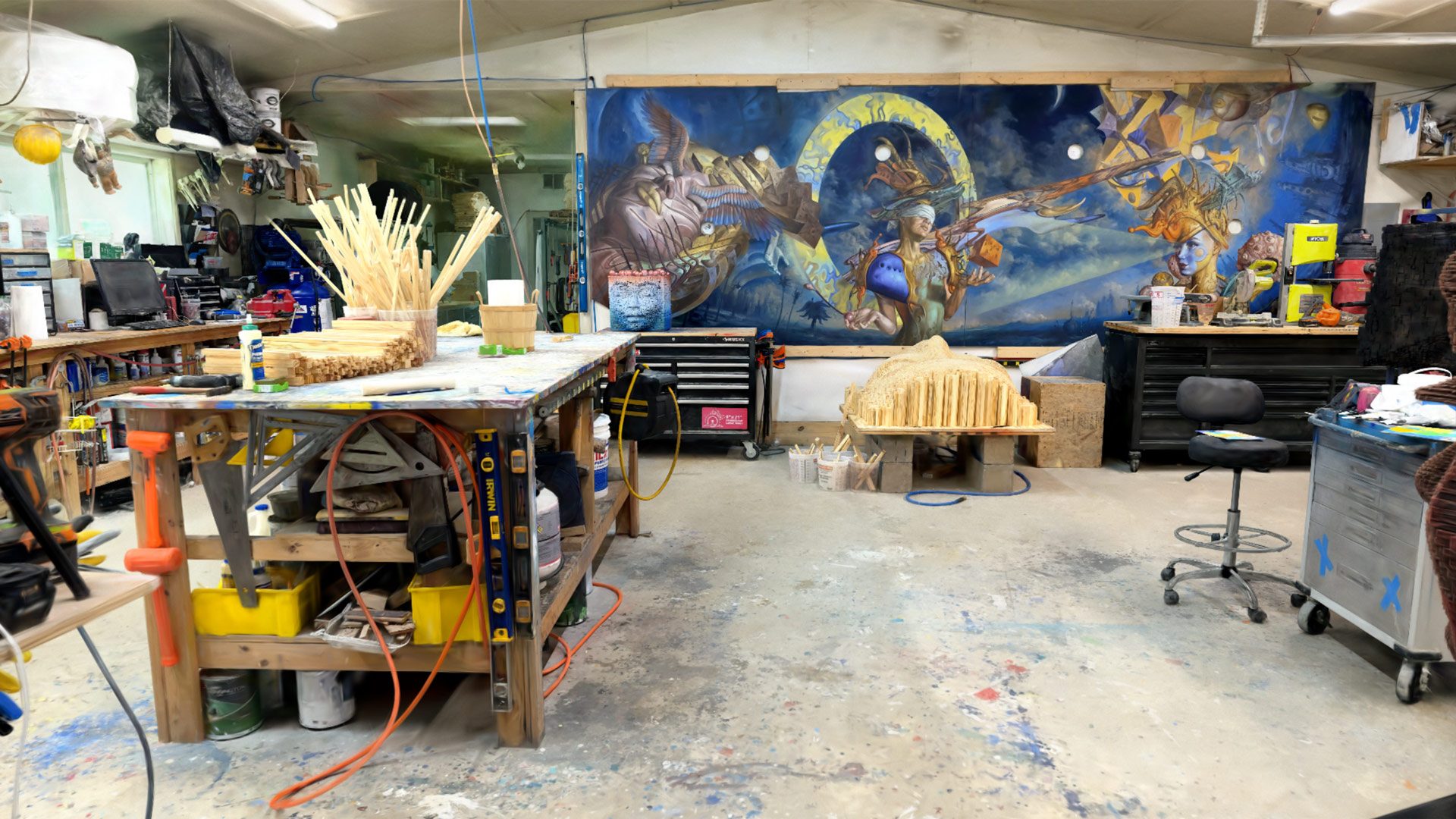During Meta Connect’s big Quest 3S unveiling yesterday, where the company showed off the $300 headset for the first time, Meta announced it was also releasing a new app exclusively for Quest 3 that lets you explore photorealistic spaces. And they aren’t like the 360 photos you’ll see in Google Street View either; they’re full 3D scenes you can actually walk through.
Meta calls the app Horizon Hyperscape, which is now available to Quest 3 and Quest 3S users in the US for free.
The company notes its photorealistic environments were created using mobile phone scans and cloud-based processing, highlighting however that Horizon Hyperscape is a “demo experience to showcase our vision for photorealism, as a profound new way to feel like you’re physically there.”
While users can’t upload their own photo scans “today,” on stage at Connect CEO Mark Zuckerberg underlined “you can use your phone to scan a room and recreate it, or step into a room that someone else has scanned and shared,” making it seem like that functionality seems could come at some point in the future.
“By utilizing Gaussian Splatting, a 3D volume rendering technique, we can take advantage of cloud rendering and streaming to make these spaces viewable on a standalone Quest 3 headset,” Meta says in a blog post. “In the future, creators will be able to build worlds within Horizon by using a phone to scan a room and then recreate it, bringing physical spaces into the digital world with ease.”
For now, the app features a handful of large-scale scenes, which include explorable spaces such as EastWest Studios in Hollywood, and densely packed artist workshops from Daniel Arsham, Rebecca Fox, and Gil Bruvel.
All of it feels a bit like Valve’s now-defunct Destinations Workshop tools for PC VR released in 2016, which allowed users to similarly explore and upload photogrammetry scenes. We’re betting Meta wants to make it a bit simpler from an end-user perspective when it comes to capturing and processing the massive number of photos required to create such a detailed environment though.
Update (10:15AM ET): A previous version of this article incorrectly claimed Hyperspace used photogrammetry, while in reality it uses gaussian splatting. We’ve corrected this in the body of the article, and included more info from Meta.
,
